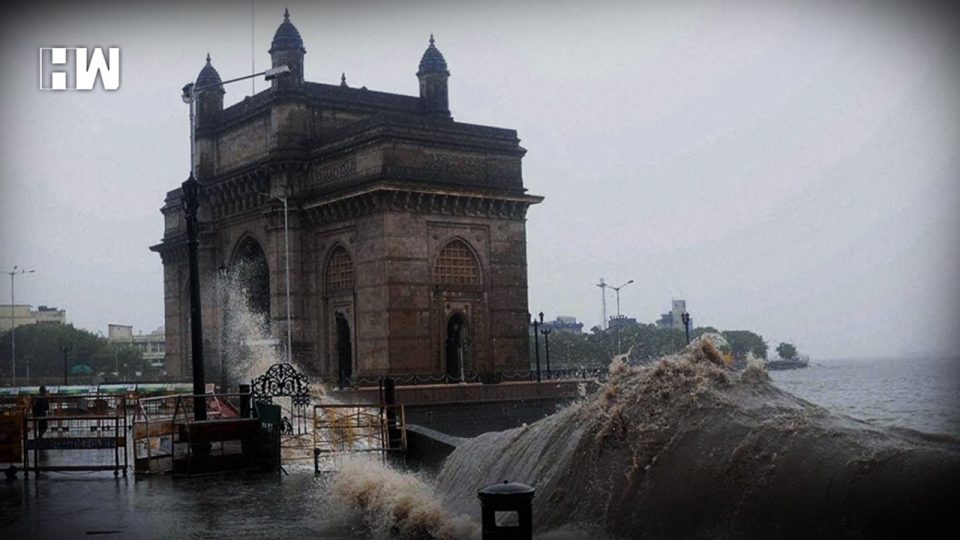Much of Mumbai is at risk of being wiped out. Built on what was once a series of islands, the city’s historic downtown core is particularly vulnerable
Mumbai: On Tuesday research published in the journal Nature communication said that Scientists have dramatically underestimated the impact rising seas will have on cities around the world. Countries such as Vietnam, Thailand, coastal China, India, Egypt, and Iraq likely to be swallowed by the ocean. Almost all of Mumbai, where 1.6 per cent of India’s population lives, will be inundated.
Currently, around one hundred and fifty million people are living in places that will be below the high-tide line. However, in the next 30 years three times as many people as the old projection methods estimated would be living in these places, the study said.
Previous estimates relied on satellite data to forecast sea-level rise, but satellites can’t distinguish between ground level and taller elements integrated into the landscape, like trees and buildings.

Globally sea levels are set to rise by at least 1m by 2050 if carbon emissions go unchecked, submerging hundreds of cities, including Mumbai and Kolkata, and in some cases, entire countries warned by UN report.
Events such as storm surges are likely to occur once a year rather than once a century because of accelerated global warming, said the report approved by the Intergovernmental Panel on Climate Change (IPCC).
Warning for industries to reduce Carbon Emissions
The serious warnings are a call to action for governments and business leaders across the world to reduce carbon emissions.
“The entire world needs to take responsibility and come together to fight climate change rather than debating and discussing it. India has at least taken a lead by accepting that these risks exist and has a climate change action plan in place. But it needs to be made a priority, which it is not at present,” said Roxy Mathew Koll, a climate scientist at the Indian Institute of Tropical Meteorology, Pune and one of the lead authors of the report speculated.
Parts of Mumbai could drown by 2050
Much of Mumbai is at risk of being wiped out. Built on what was once a series of islands, the city’s historic downtown core is particularly vulnerable. The outlet quoted Dina Ionesco of the International Organization for Migration as saying that overall research shows, that countries should start preparing now for more citizens to relocate internally.
The study has also highlighted the exact areas of coastal cities would be at risk of coastal flooding by 2050. Coastal flooding takes place when seawater enters and inundates large swathes of land.

The New York Times has reported that the “authors of a paper published last week developed a more accurate way of calculating land elevation based on satellite readings, a standard way of estimating the effects of sea-level rise over large areas, and found that the previous numbers were far too optimistic.”
Climate Central, research says a science organization based in New Jersey, and published in the journal ‘Nature Communications’. However, the projections don’t account for future population growth or land lost to coastal erosion.
Every Monsoon coastal area is the worst affected place when it comes to seawater rise or high tide. Recently many states have experienced floods in India. Mumbai is facing risk due to heavy infrastructure development near the coastal area and construction of bridges over the sea is also another reason for water rise. People who live in an exact coastal area are living in grave danger. Even the occupation of fisheries is worst affected. Already Mumbai coastal area is suffering from plastic pollution despite the ban of it still tonnes of plastic is covered over the sea.
As an independent media platform, we do not take advertisements from governments and corporate houses. It is you, our readers, who have supported us on our journey to do honest and unbiased journalism. Please contribute, so that we can continue to do the same in future.

